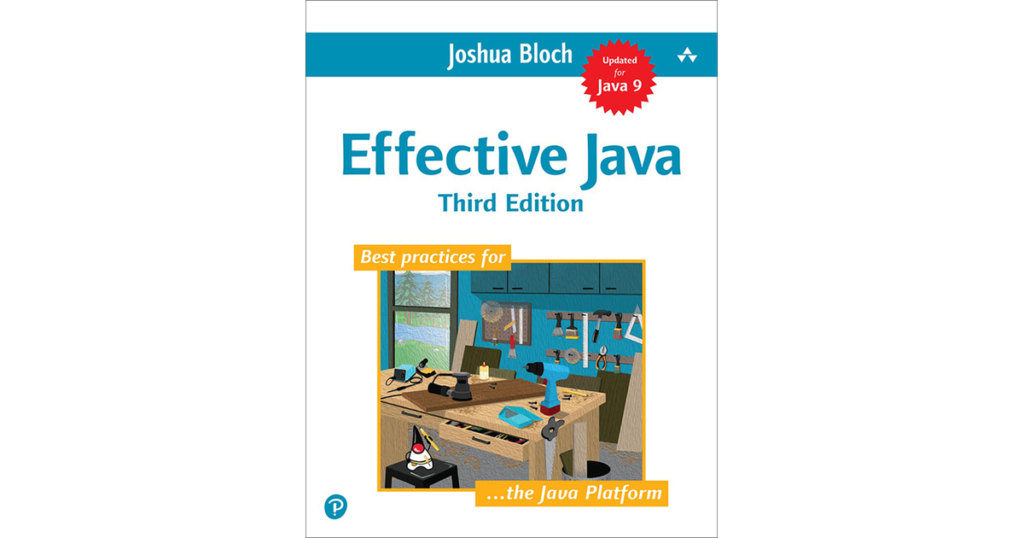The Liskov Substitution Principle (LSP) in SOLID, named after the renowned Barbara Liskov, stands as a cornerstone in object-oriented programming. At its core, LSP posits a straightforward idea: if you have a subclass, you should be able to use it wherever its parent class is expected, without messing things up. Think of it as a quality assurance for your code’s flexibility and reliability.
🔍 Navigating LSP's Intricacies: Beyond Basics
Though it might be the trickiest part of the SOLID series, its importance is undeniable. LSP helps keep our code from crumbling under unpredictability, ensuring that everything runs smoothly and efficiently.
🚀 An Intuitive Start to LSP
We kick off with everyday examples, like squares and rectangles, to demystify LSP. This analogy lays a solid foundation, easing us into more advanced discussions later.
📜 The Seven Pillars of LSP Decoded
-
- Contravariance of Arguments: This rule states that the method arguments in a subclass should be as broad or broader than those in its superclass. It ensures that any method in the subclass can accept inputs that the superclass method would, maintaining compatibility and avoiding unexpected errors.
- Covariance of Results: Covariance of results refers to the return type of a method in a subclass being the same as, or more specific than, that in its superclass. This guarantees that the subclass method’s output remains consistent and predictable, aligning with the expectations set by the superclass.
- Exception Rule: Under the exception rule, a subclass should not throw more exceptions than its superclass. This principle ensures that the subclass remains a reliable substitute, as it doesn’t introduce new, unexpected types of failures that weren’t accounted for in the original class design.
- Pre-Condition Rule: This rule dictates that the pre-conditions for a method in the subclass should not be more restrictive than those of its superclass. By keeping the requirements for input or state at the same level or making them less stringent, the subclass method remains universally usable wherever the superclass method is.
- Post-Condition Rule: The post-condition rule requires that the outcomes or side effects of a method in a subclass must meet or exceed those in the superclass. This ensures that the subclass method fulfills all the obligations of the superclass method, maintaining the integrity of the expected behavior.
- Invariant Rule: Invariants established in the superclass must be preserved by the subclass. This means any internal conditions or states deemed essential in the superclass should remain intact and unaffected by subclass methods, ensuring consistency and reliability across the hierarchy.
- Constraint Rule: The constraint rule emphasizes that any constraints or rules enforced in the superclass should be maintained or lessened in the subclass. This allows the subclass to fit seamlessly into existing frameworks or scenarios designed for the superclass, without introducing additional limitations or requirements.
These rules act as a checklist, ensuring that our subclass seamlessly fits into the shoes of its superclass.
💻 LSP in Day-to-Day Coding
Sure, it’s not always practical to apply LSP everywhere, but it becomes indispensable in scenarios like creating class hierarchies or developing libraries for others.
⚠️ The Risks of Ignoring LSP
Here, we spotlight the chaos that ensues when LSP is overlooked. It’s all about smart design choices, as Joshua Bloch suggests in “Effective Java.”
✅ Wrapping Up: Why LSP Matters
In a nutshell, mastering LSP is not just about ticking a box in the SOLID principles list. It’s about crafting code that’s robust, maintainable, and user-friendly.






